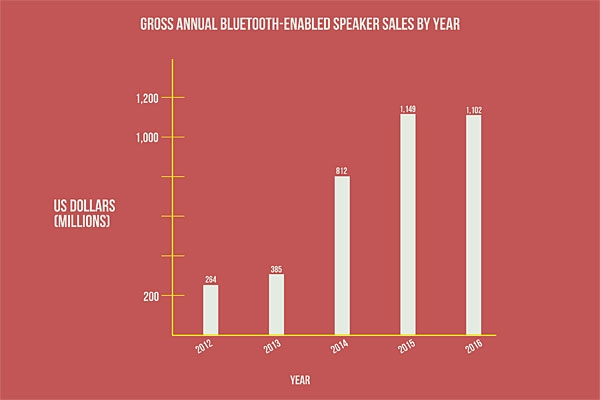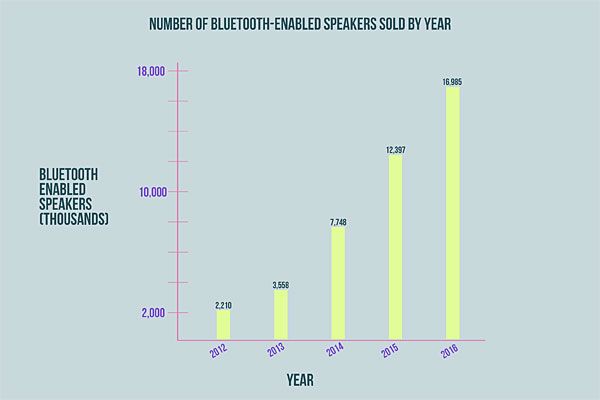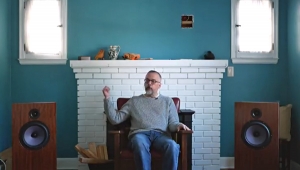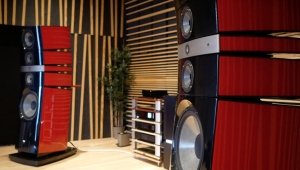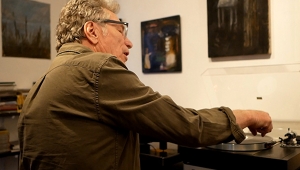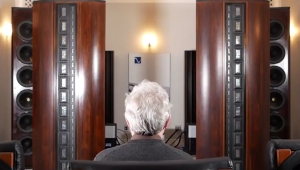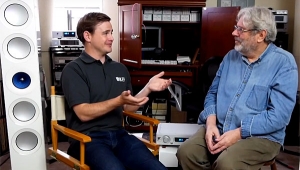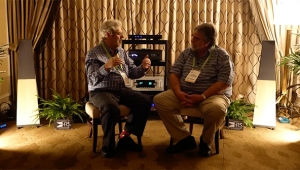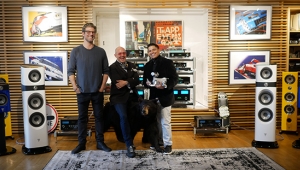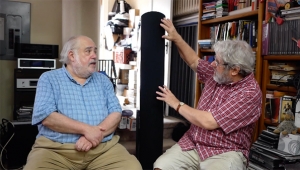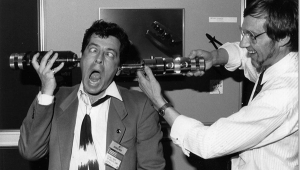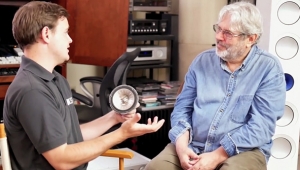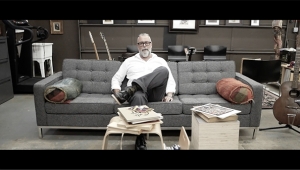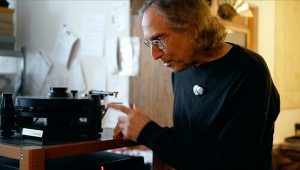| Columns Retired Columns & Blogs |
Some, day, it will be me and a small device, streaming high rez directly to my speakers.
No cables, interconnects, speaker wires....the only plugs will be to the speakers and whatever charger I need for my streaming device.
Imagine there's audio heaven
It's easy if you try
No reflective surfaces below us
Above us only sky
Imagine all the people
Listening for today...
Imagine there's no cables
It isn't hard to do
Nothing to stress or buy for
And no ugly racks, too
Imagine all the people
Enjoying high end sound in peace...
You may say I'm a dreamer
But I'm not the only one
I hope someday they'll please us
And the sound will be as live
Imagine no electric boxes
I wonder if you can
No worry for feedback or ground loops
A brotherhood of music
Imagine all the people
Sharing all the world...
You may say I'm a dreamer
But I'm not the only one
I hope someday I can buy that
And the world will live as one
